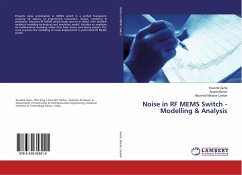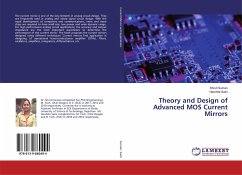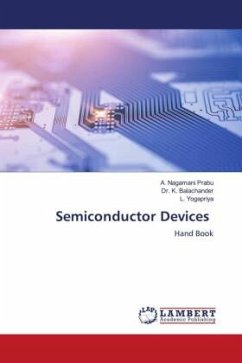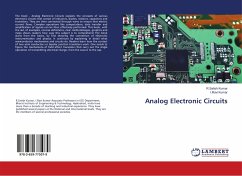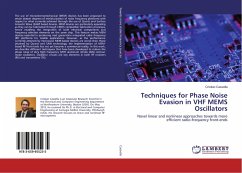
Techniques for Phase Noise Evasion in VHF MEMS Oscillators
Novel linear and nonlinear approaches towards more efficient radio-frequency front-ends
Versandkostenfrei!
Versandfertig in 6-10 Tagen
43,99 €
inkl. MwSt.

PAYBACK Punkte
22 °P sammeln!
The use of microelectromechanical (MEM) devices has been proposed to attain deeper degrees of miniaturization of radio frequency platforms with respect to what currently achieved through the use of Quartz and Surface Acoustic Wave (SAW) based devices. MEM devices are particularly appealing as they can be fabricated through CMOS compatible fabrication processes, hence enabling the integration of both electrical components and frequency selective elements on the same chip. This feature makes MEM devices essential in producing next generation integrated radio frequency (RF) platforms for mobile a...
The use of microelectromechanical (MEM) devices has been proposed to attain deeper degrees of miniaturization of radio frequency platforms with respect to what currently achieved through the use of Quartz and Surface Acoustic Wave (SAW) based devices. MEM devices are particularly appealing as they can be fabricated through CMOS compatible fabrication processes, hence enabling the integration of both electrical components and frequency selective elements on the same chip. This feature makes MEM devices essential in producing next generation integrated radio frequency (RF) platforms for mobile applications. However, as the performance currently attained by microwave MEM-based devices are worse than those attained by Quartz and SAW technology, the implementation of MEM-based RF front-ends has not yet become a commercial reality. In this work, we describe different techniques that have been developed to reduce the phase noise of Very High Frequency (VHF) aluminum nitride (AlN) contour mode oscillators. Oscillator circuits are key elements in both RF receivers (RX) and transmitters (TX).



